8 Anti-Inflammatory Foods Nutritionists Recommend for Joint Pain
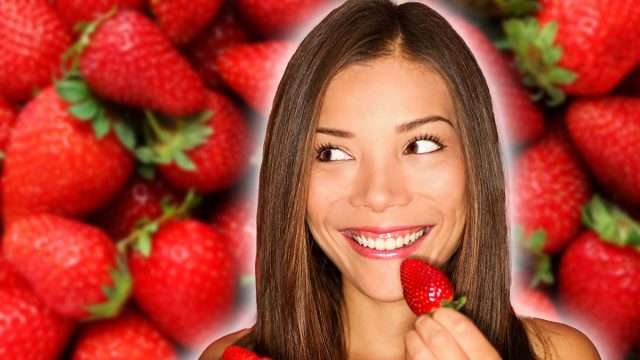
If you are experiencing joint pain and inflammation, making dietary changes can help. While there is no "arthritis diet," "many foods can help fight inflammation and improve joint pain and other symptoms," explains the Arthritis Foundation. What foods should you eat to minimize joint pain? Body Network spoke with Kayla Farrell, RDN, Registered Dietitian at FRESH Communications, who filled us in on the topic. Here are 8 anti-inflammatory foods she recommends.
Salmon
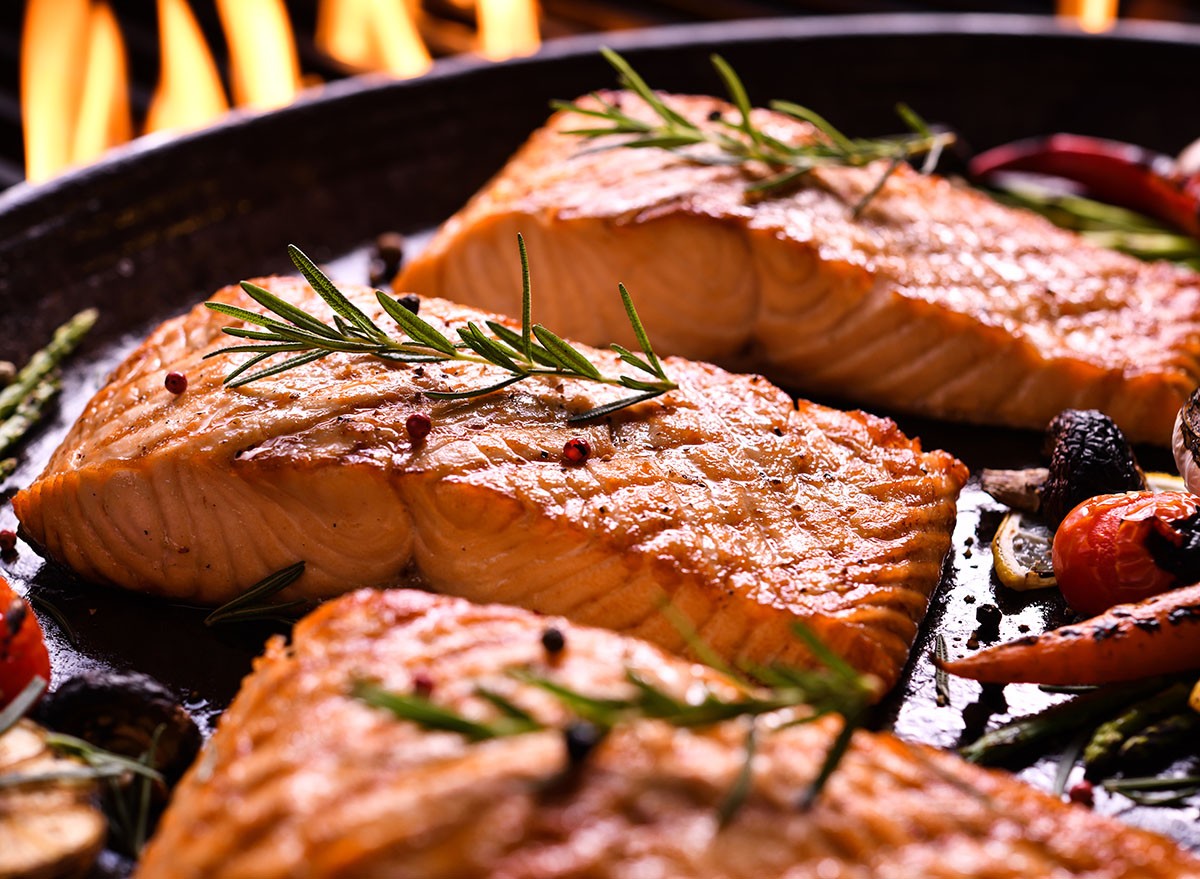
Fatty fish, like salmon, "is a quality protein choice with high levels of omega-3 fatty acids that interfere with immune cells that cause the body's inflammatory response," says Farrell. "In turn, this helps reduce inflammation and joint pain. As a registered dietitian, I choose salmon from Chile because it's particularly high in these powerful omega-3s and low in mercury."
Greek Yogurt
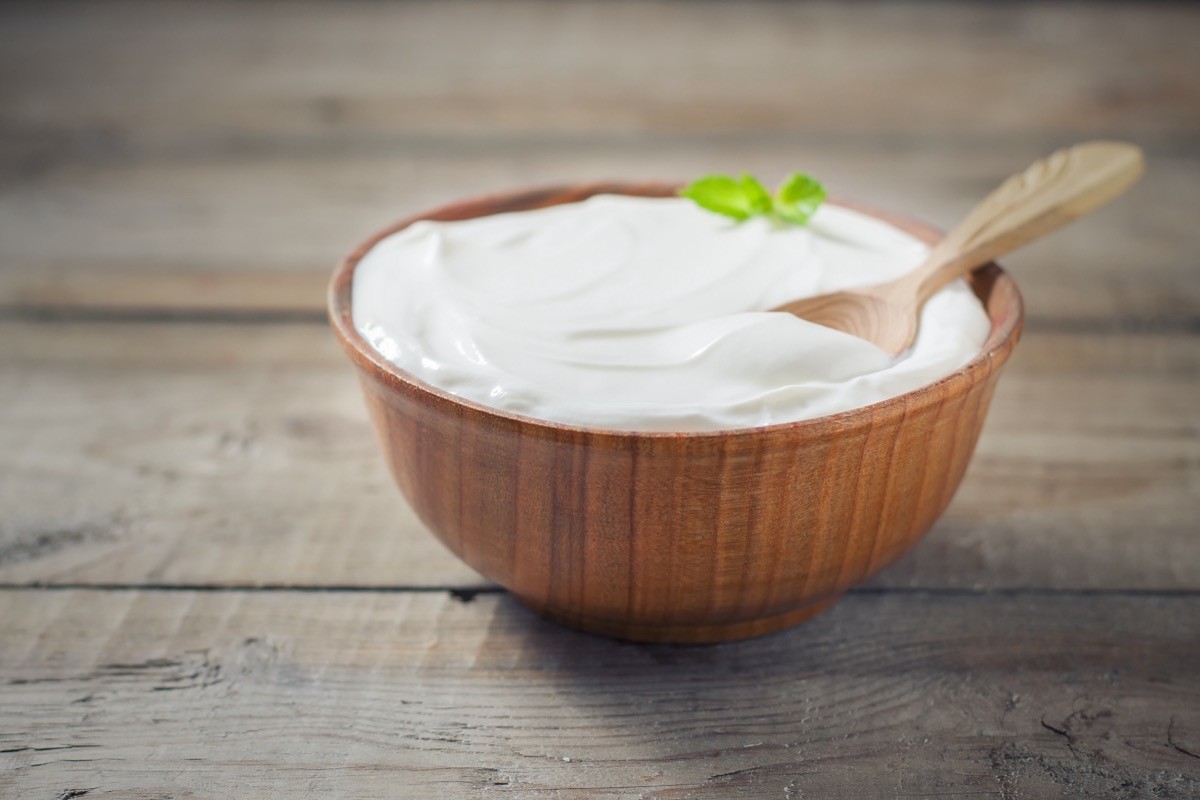
Greek yogurt contains probiotics, healthy bacteria that support a balanced gut microbiome. "A healthy gut is linked to better mental health and cognition, improved digestion, and decreased inflammation. I opt for plain Greek yogurt to reduce added sugars and add toppings like fresh fruit and nut butter," she says.
Turmeric
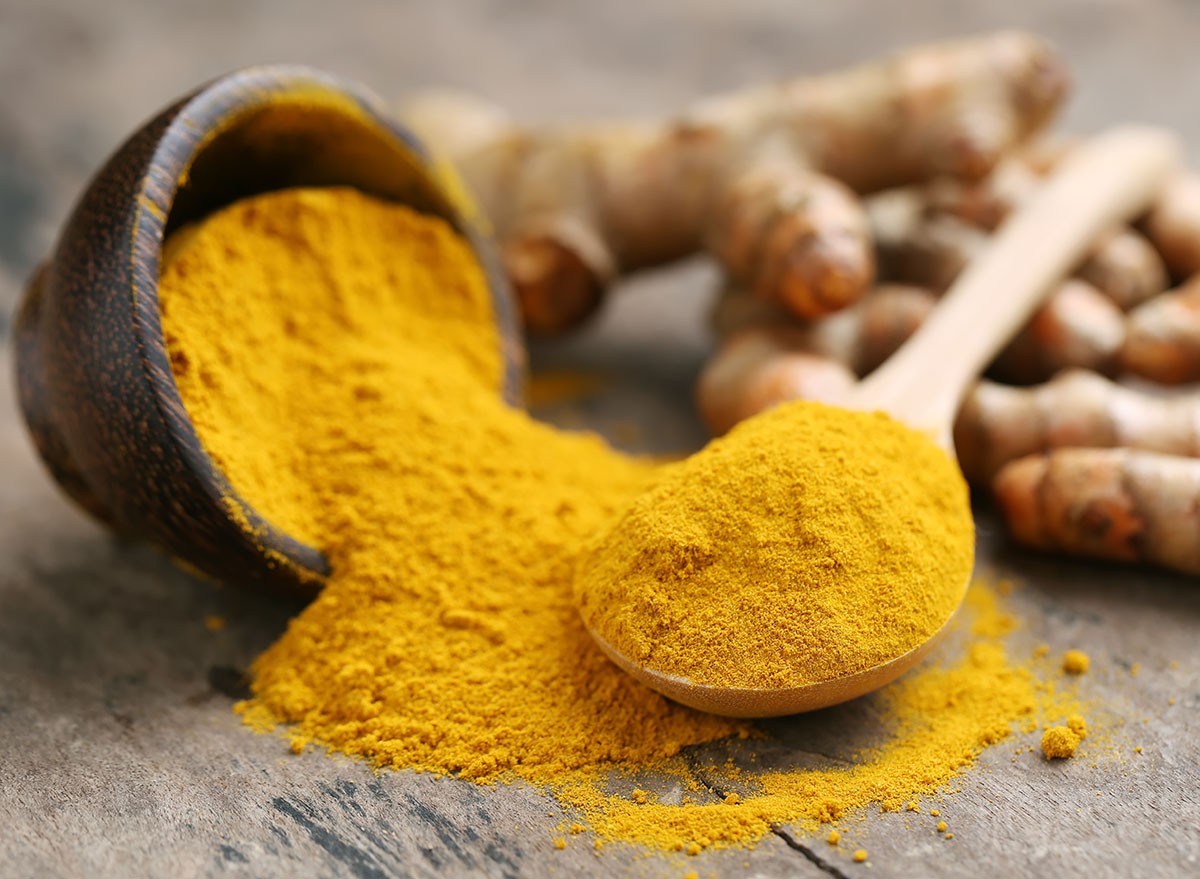
She is also a fan of turmeric. "This spice contains a powerful anti-inflammatory compound, known as curcumin, that helps reduce inflammation. When cooking, I recommend using both turmeric and black pepper to increase its ability to be absorbed in the body by 2000%," she explains.
Broccoli
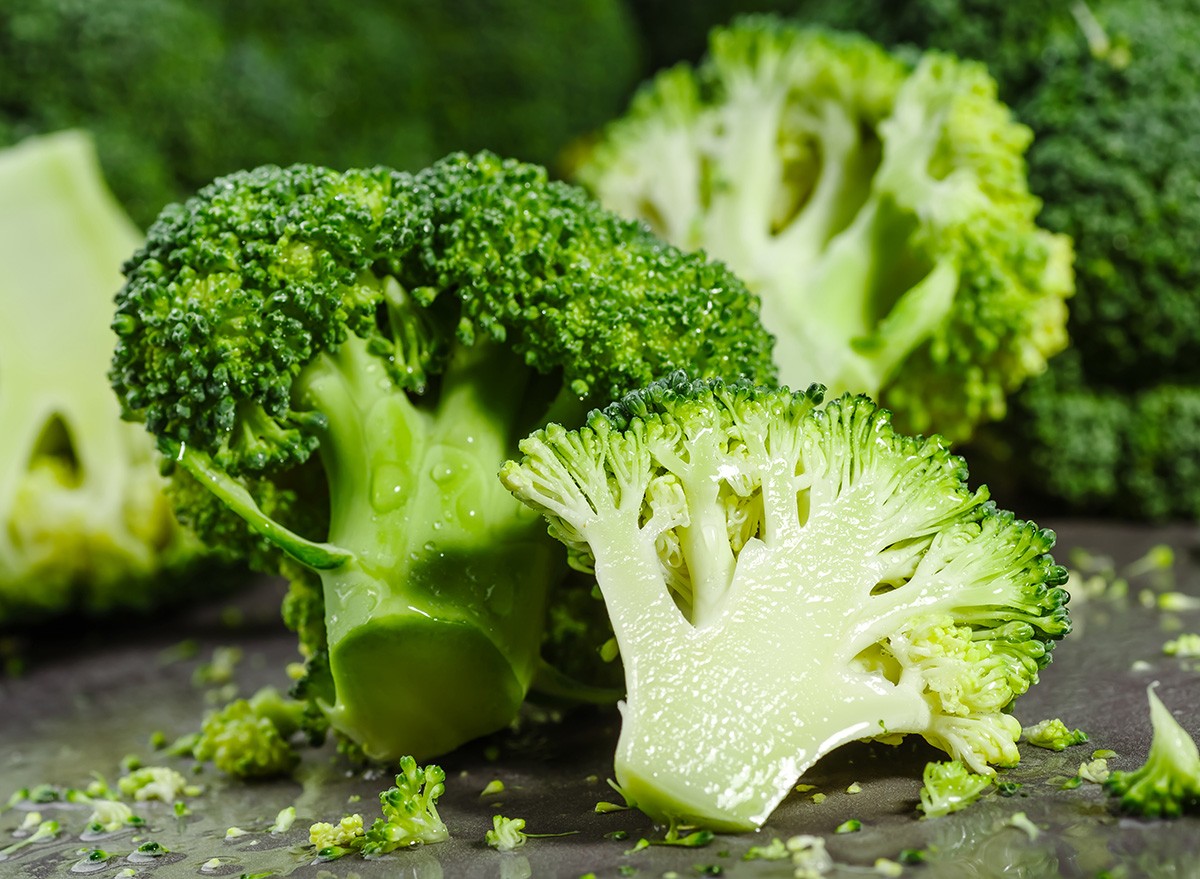
Eat your broccoli if you suffer from inflammation. "This cruciferous vegetable is packed with vitamin K, making it a nutrient-dense food that can reduce inflammatory markers in the blood and promote healthy joints," says Farrell. "Broccoli can be enjoyed both raw and cooked, but I recommend steaming broccoli for additional health benefits."
Olive Oil
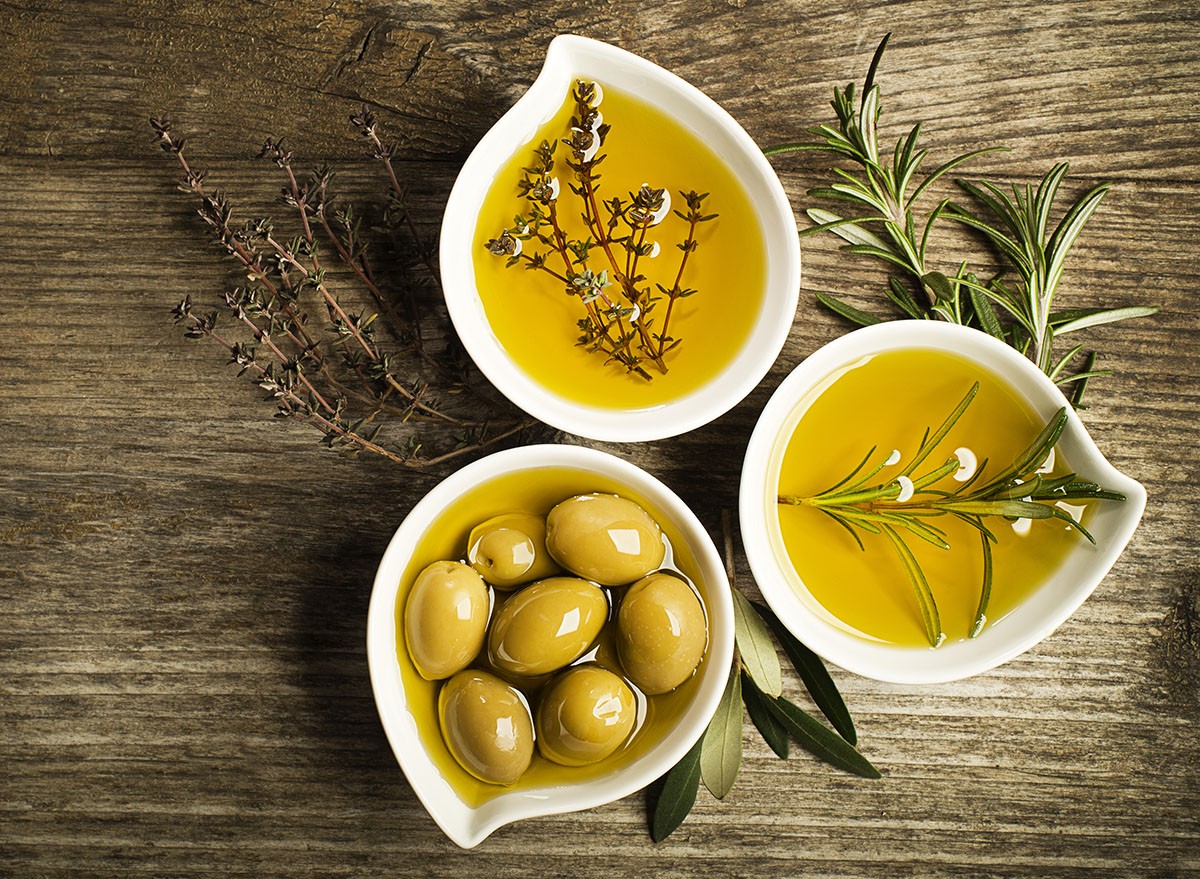
Olive oil "is an incredible antioxidant, which can reduce inflammation throughout the body," says Farrell. "This oil has become readily available and used for a variety of different dishes since the 1990s, when the Mediterranean Diet became popular for heart health."
Berries
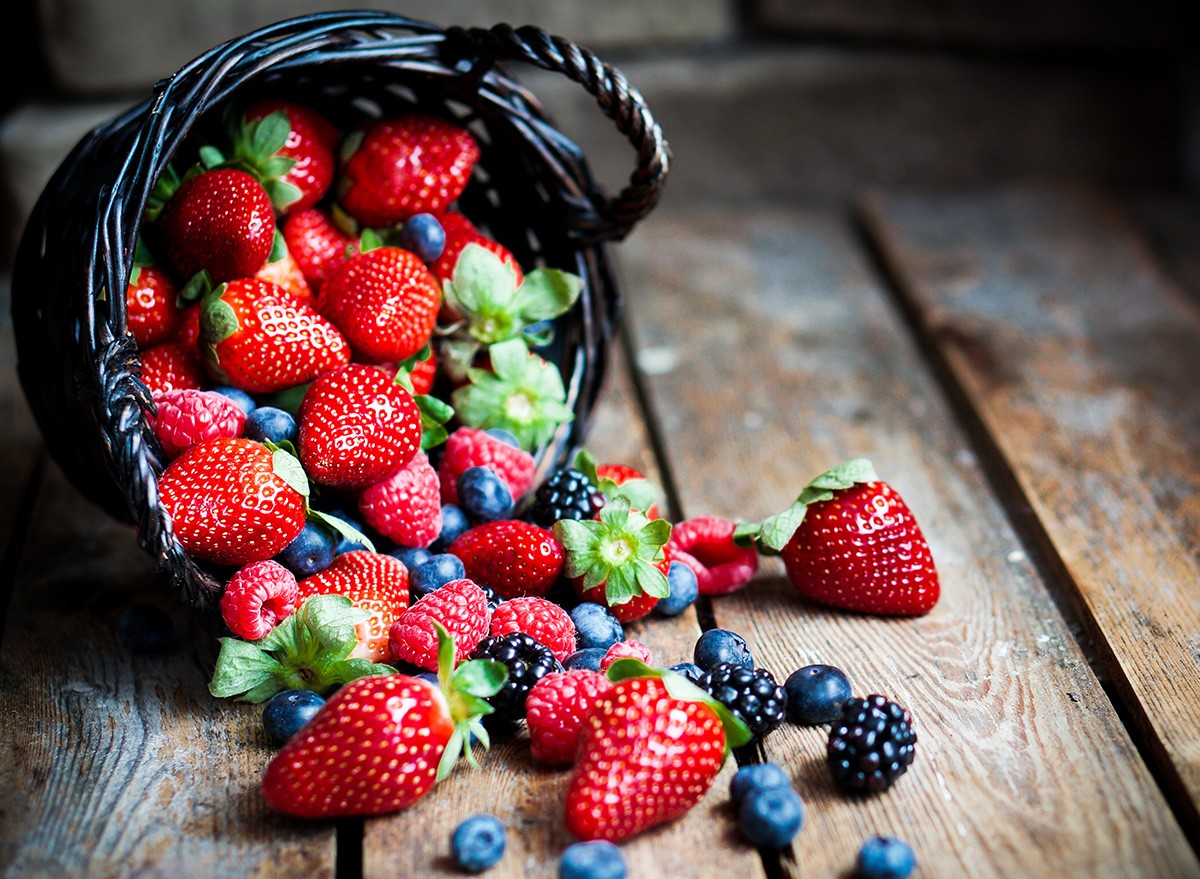
Berries, specifically blueberries, strawberries, and raspberries "are full of vitamin C, which can reduce inflammation throughout the body, including the joints," she says. "The anthocyanins found in berries have also been found to have an anti-inflammatory effect."
Leafy greens

Leafy greens are another must-eat. "While it can be a challenge to incorporate leafy greens into any diet, this food packs a punch when it comes to anti-inflammation, containing high levels of vitamin K, calcium and antioxidants to support joint health. I recommend sneaking spinach or kale in a fruit smoothie for an easy way to get some greens!" Farrell states.
Beans
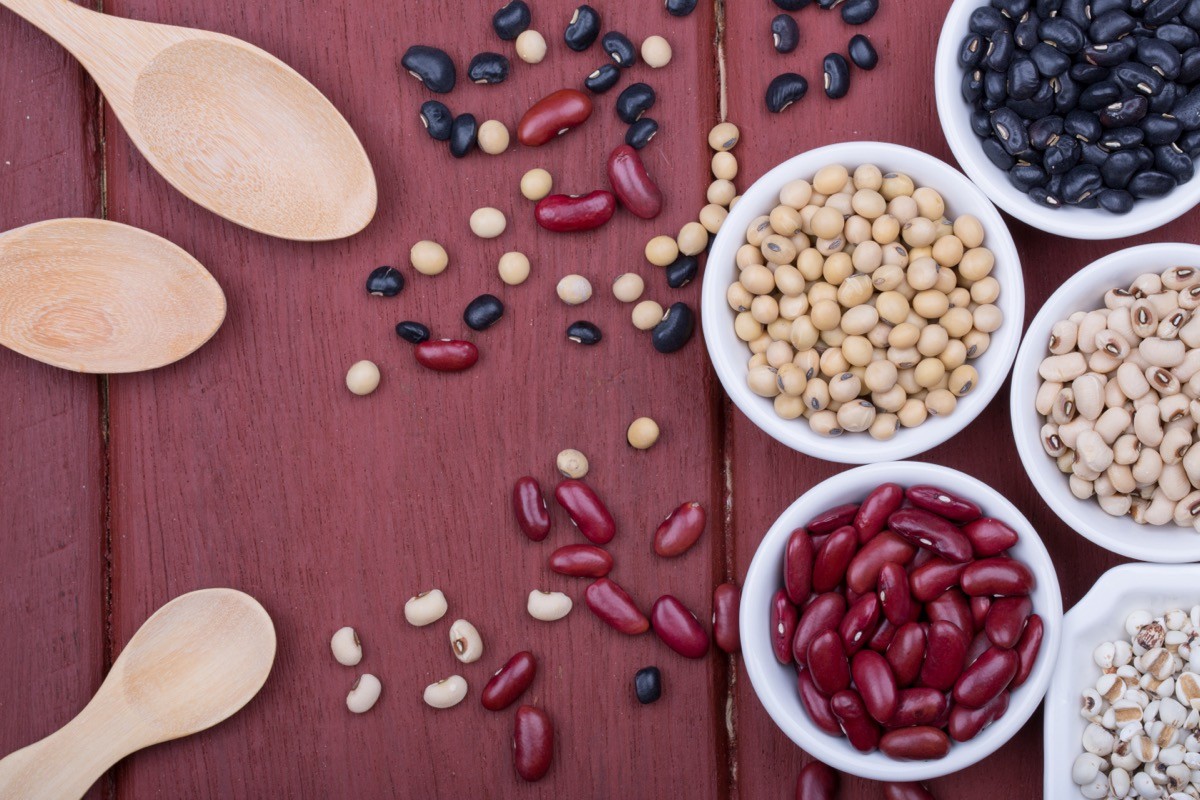
Beans are the last item on her list. "These legumes are a fiber-filled, plant-based protein source that offer antioxidants and anti-inflammatory compounds, like polyphenols, that benefit joint health," she says. And if you enjoyed this article, don't miss 40 Health Symptoms That Can Be More Serious Than You Think.




